Home>Garden Essentials>How To Germinate Sechium Edule
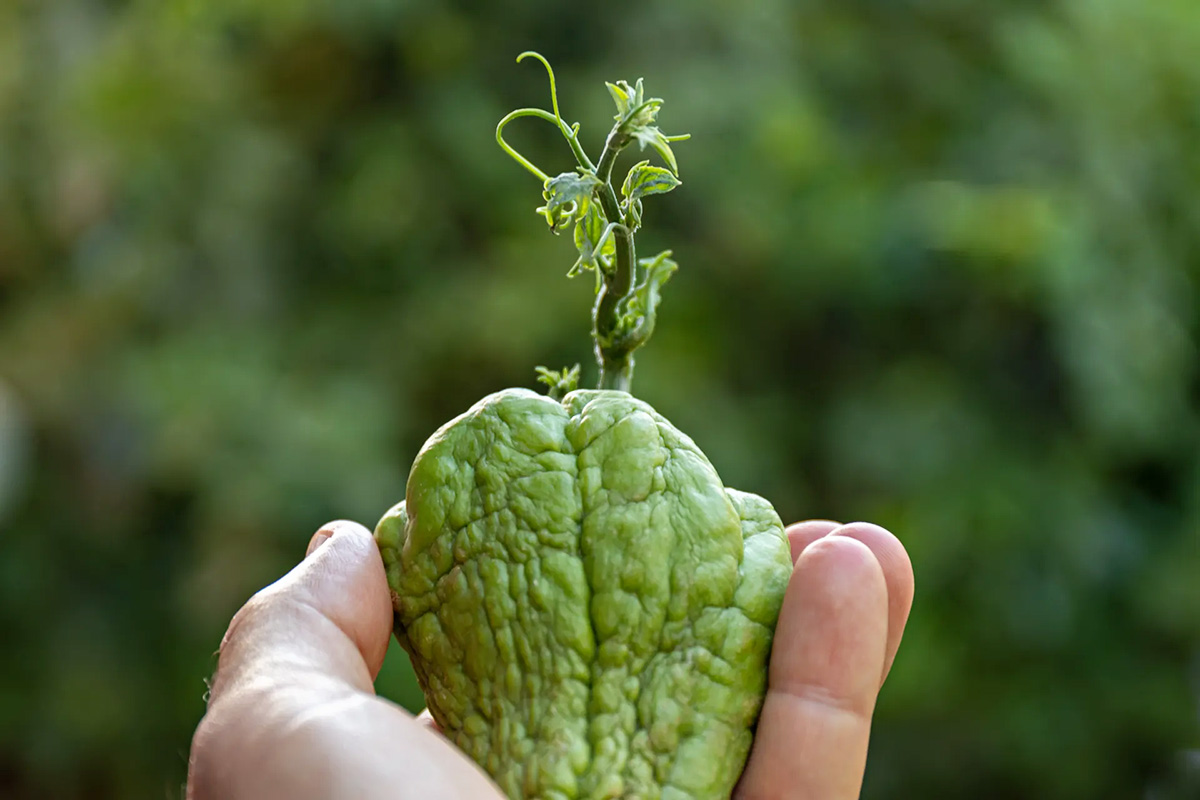

Garden Essentials
How To Germinate Sechium Edule
Modified: March 24, 2024
Learn how to germinate Sechium Edule in your garden with these simple steps. Grow fresh and delicious produce right at your doorstep.
(Many of the links in this article redirect to a specific reviewed product. Your purchase of these products through affiliate links helps to generate commission for Storables.com, at no extra cost. Learn more)
Introduction
Sechium Edule, commonly known as Chayote or vegetable pear, is a versatile and nutritious vegetable that is steadily gaining popularity among gardeners and food enthusiasts around the world. This vine plant belongs to the gourd family, Cucurbitaceae, and is native to Central America. With its mild flavor and crisp texture, Chayote is a delightful addition to salads, stir-fries, and soups.
While you can easily find Chayote fruits in grocery stores, growing your own Sechium Edule from seeds can be a rewarding experience. Not only does it allow you to enjoy the freshest produce, but it also grants you the satisfaction of nurturing a plant from its very beginnings.
In this article, we will guide you through the process of germinating Sechium Edule seeds, offering insights into the different methods you can use and essential tips for proper care. Whether you are an experienced gardener expanding your repertoire or a beginner stepping into the exciting world of gardening, this comprehensive guide will equip you with the knowledge and techniques you need to successfully germinate and grow Sechium Edule.
Key Takeaways:
- Growing Chayote from seeds is a fun and rewarding experience. Choose high-quality seeds, use the Paper Towel, Water Soaking, or Soil Sowing method, and provide proper care for healthy and productive plants.
- To germinate Chayote seeds, mimic its natural warm and moist habitat. Once sprouted, give the seedlings plenty of light, warmth, and support for robust growth.
Read more: How To Germinate Banana
Understanding Sechium Edule
Before diving into the germination process, it’s essential to understand the characteristics and requirements of Sechium Edule. Knowing the plant’s needs will help you create an optimal environment for successful germination and subsequent growth.
Sechium Edule is a perennial vine that can reach up to 30 feet in length. It produces elongated fruits that are pale green in color and have a wrinkled appearance. The fruits have a crisp, juicy texture and a mild, slightly sweet flavor.
This versatile vegetable thrives in warm climates and requires a minimum of six hours of direct sunlight each day. It prefers well-draining soil with a pH level between 6.0 and 6.5. Sechium Edule can tolerate a range of soil types, including sandy or loamy soil.
When it comes to water requirements, make sure to provide consistent moisture to the plant, especially during the growing season. However, be cautious not to overwater, as excessive moisture can lead to root rot.
Sechium Edule is a tropical vegetable and is sensitive to frost. If you live in a region with colder temperatures, you may need to grow it as an annual or in a greenhouse to protect it from the cold.
Now that you have a basic understanding of Sechium Edule, let’s proceed to the next step: preparing the seeds for germination.
Preparing the Seeds
Properly preparing the Sechium Edule seeds before germination is crucial for their successful sprouting. Follow these steps to ensure the best chance of germination:
- Choose high-quality seeds: When purchasing seeds, opt for reputable suppliers or collect seeds from healthy and mature Chayote fruits. Select seeds that are firm, free from any signs of damage or mold, and relatively recent in harvest.
- Clean the seeds: Rinse the seeds under cool running water to remove any pulp or residue. Pat them dry gently with a clean towel.
- Soak the seeds: Soaking the seeds in warm water for 24 to 48 hours can help soften their outer shell, promoting faster germination. Place the seeds in a bowl of water and ensure they are fully submerged.
- Scarify the seeds (optional): If you notice that the outer shell of the seeds is particularly tough or thick, you may choose to scarify them. This process involves gently nicking or filing the seed coat to create small openings. This aids in water absorption and enhances germination rates. However, be cautious not to damage the internal embryo when scarifying the seeds.
Once the seeds are prepared, you can proceed to choose a germination method that suits your preferences and resources. In the next section, we will discuss three commonly used methods for germinating Sechium Edule seeds: the Paper Towel Method, the Water Soaking Method, and the Soil Sowing Method.
Germination Methods
There are several methods you can choose from to germinate Sechium Edule seeds. Each method has its advantages and may be more suitable depending on your available resources and preferences. Let’s explore three commonly used methods: the Paper Towel Method, the Water Soaking Method, and the Soil Sowing Method.
-
Paper Towel Method:
This method involves using a damp paper towel or tissue as a medium for seed germination. Here are the steps:
- Moisten a paper towel or tissue until it is damp but not dripping wet.
- Spread the damp paper towel on a flat surface.
- Place the prepared seeds evenly on one half of the paper towel.
- Fold the other half of the paper towel over the seeds to cover them.
- Transfer the folded paper towel and seeds to a resealable plastic bag.
- Leave a small opening in the bag for air circulation.
- Place the bag in a warm and well-lit area, away from direct sunlight.
- Check the seeds daily and mist the paper towel if it starts to dry out.
- Within a week or two, you should start to see the seeds germinating.
-
Read more: How To Germinate Seeds
Water Soaking Method:
This method involves directly soaking the seeds in water to initiate germination. Here’s how you can do it:
- Fill a glass or container with room temperature water.
- Place the prepared seeds in the water, making sure they are fully submerged.
- Allow the seeds to soak for 24 to 48 hours.
- After soaking, carefully drain the water and transfer the seeds to a damp paper towel or directly to a seed tray filled with seed-starting mix.
- Keep the paper towel or seed tray in a warm area with indirect sunlight.
- Ensure that the paper towel or seed-starting mix remains consistently moist but not overly wet.
- Within a couple of weeks, the seeds should start to sprout.
-
Soil Sowing Method:
This method involves directly sowing the seeds into a seed tray or pot with soil. Follow these steps:
- Fill a seed tray or individual pots with well-draining potting soil.
- Bury the prepared seeds about an inch deep into the soil.
- Water the soil thoroughly but gently to ensure proper moisture.
- Keep the trays or pots in a warm area with indirect sunlight.
- Maintain a consistent level of moisture in the soil by watering as needed.
- Within a few weeks, the seeds should start to germinate and emerge from the soil.
Choose the germination method that suits your preferences and resources. Whichever method you choose, remember to provide the seeds with the right conditions for growth and monitor their progress closely. Once the seeds have germinated, it’s time to move on to the next step: caring for the germinated seeds.
Method 1: Paper Towel Method
The Paper Towel Method is a simple and effective way to germinate Sechium Edule seeds. It provides a controlled environment for the seeds to sprout and allows you to monitor their progress easily. Follow these steps to germinate your seeds using the Paper Towel Method:
- Moisten a paper towel or tissue until it is damp but not soaking wet.
- Spread the damp paper towel on a flat surface, such as a plate or tray.
- Place the prepared seeds on one half of the paper towel, spacing them out evenly.
- Fold the other half of the paper towel over the seeds to cover them.
- Gently press down on the folded paper towel to ensure good contact between the seeds and the moisture.
- Transfer the folded paper towel and seeds to a resealable plastic bag, sealing it to create a mini greenhouse environment.
- Place the bag in a warm and well-lit area, away from direct sunlight.
- Check the seeds daily to ensure that the paper towel remains damp. If it starts to dry out, lightly mist it with water.
- Within a week or two, you should start to see the seeds germinating. Once they have sprouted and developed roots, it’s time to transplant them into pots or seed trays.
When transplanting the germinated seeds, handle them carefully to avoid damaging the delicate roots. Plant each seedling into a small pot or seed tray filled with well-draining potting soil, burying the roots up to the seed leaves. Place the pots or trays in a warm and bright area, gradually acclimating the seedlings to longer periods of sunlight.
Continue to water the seedlings regularly, ensuring that the soil remains moist but not saturated. As the plants grow, you can provide support in the form of trellises or cages to help keep the vines upright and promote healthy growth.
By following the Paper Towel Method, you can successfully germinate Sechium Edule seeds and set them on the path to becoming robust and productive plants in your garden.
Method 2: Water Soaking Method
The Water Soaking Method is another popular technique for germinating Sechium Edule seeds. This method allows for easy seed preparation and provides the seeds with the necessary moisture to initiate sprouting. Follow these steps to germinate your seeds using the Water Soaking Method:
- Fill a glass or container with room temperature water.
- Place the prepared seeds in the water, ensuring that they are fully submerged.
- Allow the seeds to soak for 24 to 48 hours. This soaking process helps soften the seed coat and enhances germination rates.
- After soaking, carefully drain the water from the container.
- Transfer the soaked seeds to a damp paper towel or directly to a seed tray filled with seed-starting mix.
- If using a damp paper towel, fold it over the seeds to cover them.
- If using a seed tray, gently press the seeds into the damp soil, burying them at a depth of about an inch.
- Place the paper towel or seed tray in a warm area with indirect sunlight.
- Maintain consistent moisture in the paper towel or soil by misting with water or lightly watering as needed.
- Within a couple of weeks, the seeds should start to sprout and grow.
Once the seeds have germinated and developed roots, it’s time to transplant them into individual pots or seed trays filled with well-draining potting soil. Be careful when handling the germinated seeds to avoid damaging the delicate roots. Bury the roots up to the seed leaves and place the pots or trays in a warm and bright area.
Continue to water the seedlings regularly, ensuring that the soil remains consistently moist but not waterlogged. As the plants grow, provide support such as trellises or cages to help train the vines and promote healthy growth.
By following the Water Soaking Method, you can successfully initiate germination of Sechium Edule seeds and set them on the path to becoming thriving and productive plants in your garden.
Soak chayote seeds in water for 24 hours, then plant them 1 inch deep in well-draining soil. Keep the soil moist and warm for germination.
Read more: How To Germinate Rice
Method 3: Soil Sowing Method
The Soil Sowing Method is a straightforward and traditional way to germinate Sechium Edule seeds. This method involves directly sowing the seeds into a seed tray or pot filled with soil, allowing them to sprout and grow in their intended growing environment. Follow these steps to germinate your seeds using the Soil Sowing Method:
- Fill a seed tray or individual pots with well-draining potting soil. Ensure the soil is loose and crumbly, allowing for good air circulation and moisture retention.
- Bury the prepared seeds about an inch deep into the soil. Space them out evenly, giving each seed enough room to develop.
- Gently cover the seeds with soil, ensuring they are completely covered but not buried too deeply.
- Water the soil thoroughly but gently, ensuring that it is moist but not waterlogged.
- Place the seed tray or pots in a warm location with indirect sunlight.
- Maintain a consistent level of moisture in the soil by watering as needed. Be cautious not to overwater, as excessive moisture can lead to rotting.
- Within a few weeks, the seeds should begin to germinate and emerge from the soil, growing into seedlings.
As the seedlings grow, provide them with adequate light by gradually exposing them to longer periods of sunlight. Place the pots or trays in a well-lit area, preferably near a south-facing window or under grow lights.
Continue to water the seedlings regularly, ensuring that the soil remains consistently moist but not waterlogged. As the plants grow, thin out the weaker seedlings, leaving only the strongest ones to thrive.
It’s important to monitor the seedlings’ growth and look for signs of nutrient deficiency or pest infestation. Closely observe the leaves, stems, and overall health of the plants, providing appropriate care such as fertilization and pest control when necessary.
By following the Soil Sowing Method, you can successfully germinate Sechium Edule seeds and nurture them into strong and healthy plants, ready to be transplanted into your garden or larger containers.
Caring for Germinated Seeds
Once your Sechium Edule seeds have successfully germinated and the seedlings have emerged, it’s crucial to provide them with proper care to ensure their continued growth and development. Here are important care tips for your germinated seeds:
- Light: Place the seedlings in a location that receives at least six hours of direct sunlight daily. If you’re growing them indoors, consider using grow lights to supplement natural light.
- Temperature: Sechium Edule prefers warm temperatures between 70-85°F (21-29°C). Avoid exposing the seedlings to cold drafts or temperatures below 60°F (15°C).
- Watering: Keep the soil consistently moist, but not waterlogged. Water the seedlings when the top inch of soil feels dry to the touch. Ensure proper drainage to prevent root rot.
- Nutrition: Feed the seedlings with a balanced, water-soluble fertilizer every two weeks. Follow the instructions on the fertilizer package for application rates.
- Support: As the seedlings grow, provide support in the form of trellises, stakes, or cages. This will help the vines grow upright and prevent them from sprawling on the ground.
- Pest and Disease Management: Monitor the seedlings for any signs of pests or diseases, such as aphids or powdery mildew. If necessary, treat the affected plants using safe and appropriate methods, such as organic insecticidal soap or neem oil.
- Transplantation: When the seedlings have developed a few sets of leaves and are strong enough, transplant them into larger pots or directly into the garden. Ensure proper spacing of at least 24 inches (60 cm) between each plant to allow for adequate growth and airflow.
Continue to observe and care for your Sechium Edule seedlings as they grow into mature plants. Provide regular maintenance such as pruning to manage their growth, remove dead or damaged foliage, and promote better airflow.
Harvest the Chayote fruits when they have reached the desired size and are still firm to the touch. Use a sharp knife or pruning shears to cut the fruits from the vines, leaving a short stem intact.
By following these care instructions, you can ensure the healthy growth and productivity of your germinated Sechium Edule seeds, allowing you to enjoy the bountiful harvest of this delicious and versatile vegetable.
Conclusion
Growing Sechium Edule, or Chayote, from seeds can be a rewarding and fulfilling experience. With proper germination techniques and care, you can enjoy the pleasure of watching your seeds transform into healthy and productive plants. Whether you choose the Paper Towel Method, the Water Soaking Method, or the Soil Sowing Method, make sure to provide the right conditions for germination, including proper moisture, warmth, and light.
Understanding the characteristics and requirements of Sechium Edule is essential for successful growth. This tropical vine thrives in warm climates, requires well-draining soil, and appreciates regular watering. By mimicking its natural habitat, you can create an optimal environment for your Chayote plants to flourish.
Remember to provide proper care to your germinated seeds. Ensure adequate sunlight, temperature control, and watering to promote healthy growth. Regularly monitor for pests and diseases, providing appropriate treatments as needed. Transplant the seedlings once they are strong enough and continue to maintain their well-being with proper nutrition, support, and maintenance.
By following these steps, you can enjoy the satisfaction of cultivating your own Sechium Edule and relish the delicious fruits that this versatile vegetable offers. Whether used in salads, stir-fries, or soups, Chayote adds a delightful crunch and a mild flavor that enhances any dish.
So, let’s get started on your Sechium Edule journey! With knowledge, patience, and a green thumb, you can grow this remarkable vegetable and enrich your garden with its abundant foliage and delectable fruits.
Frequently Asked Questions about How To Germinate Sechium Edule
Was this page helpful?
At Storables.com, we guarantee accurate and reliable information. Our content, validated by Expert Board Contributors, is crafted following stringent Editorial Policies. We're committed to providing you with well-researched, expert-backed insights for all your informational needs.
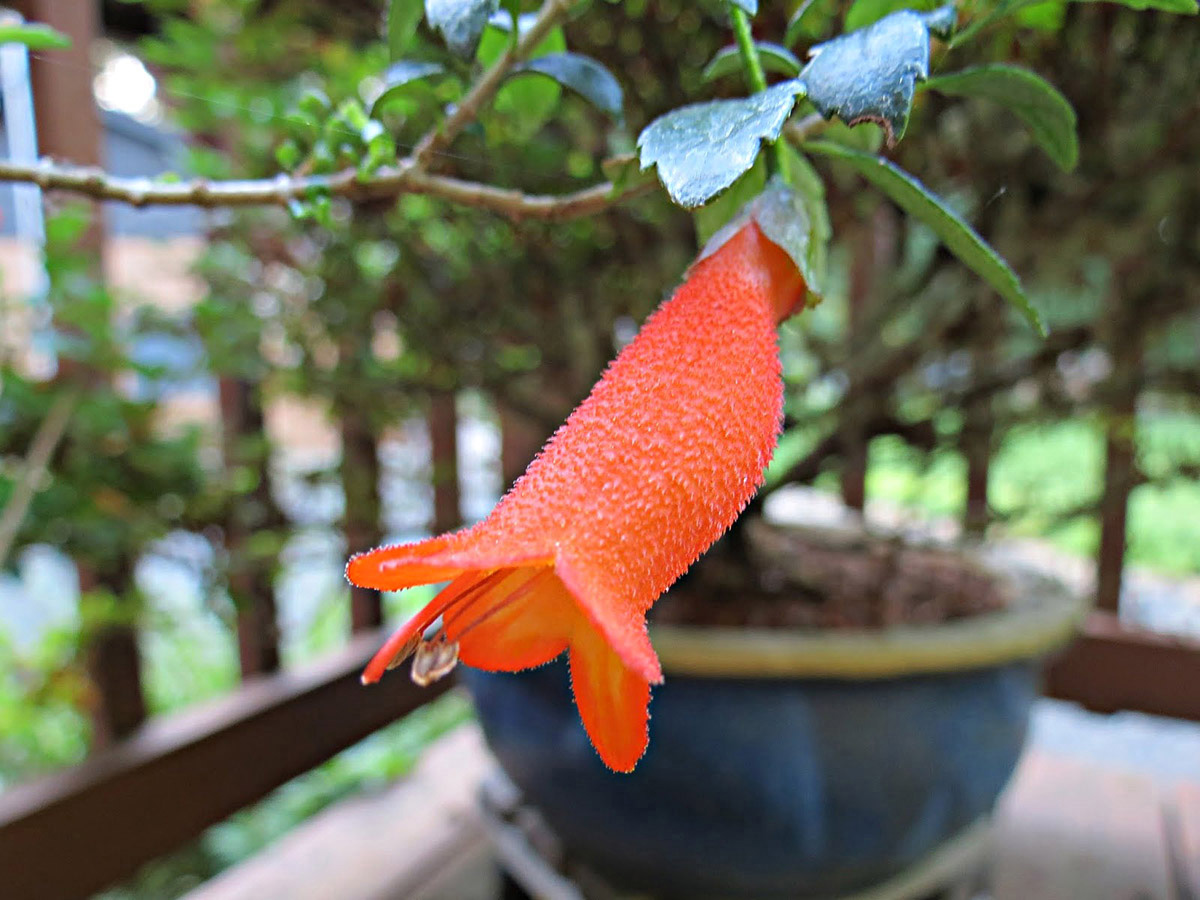


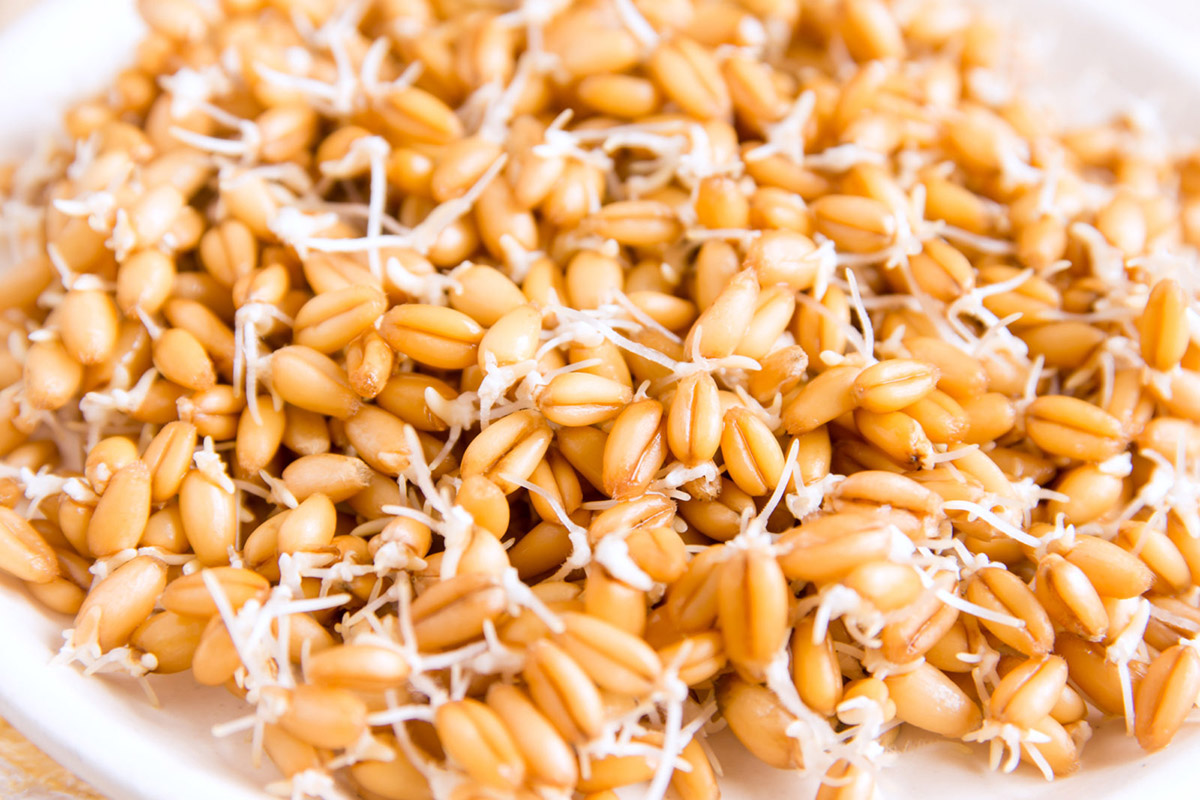
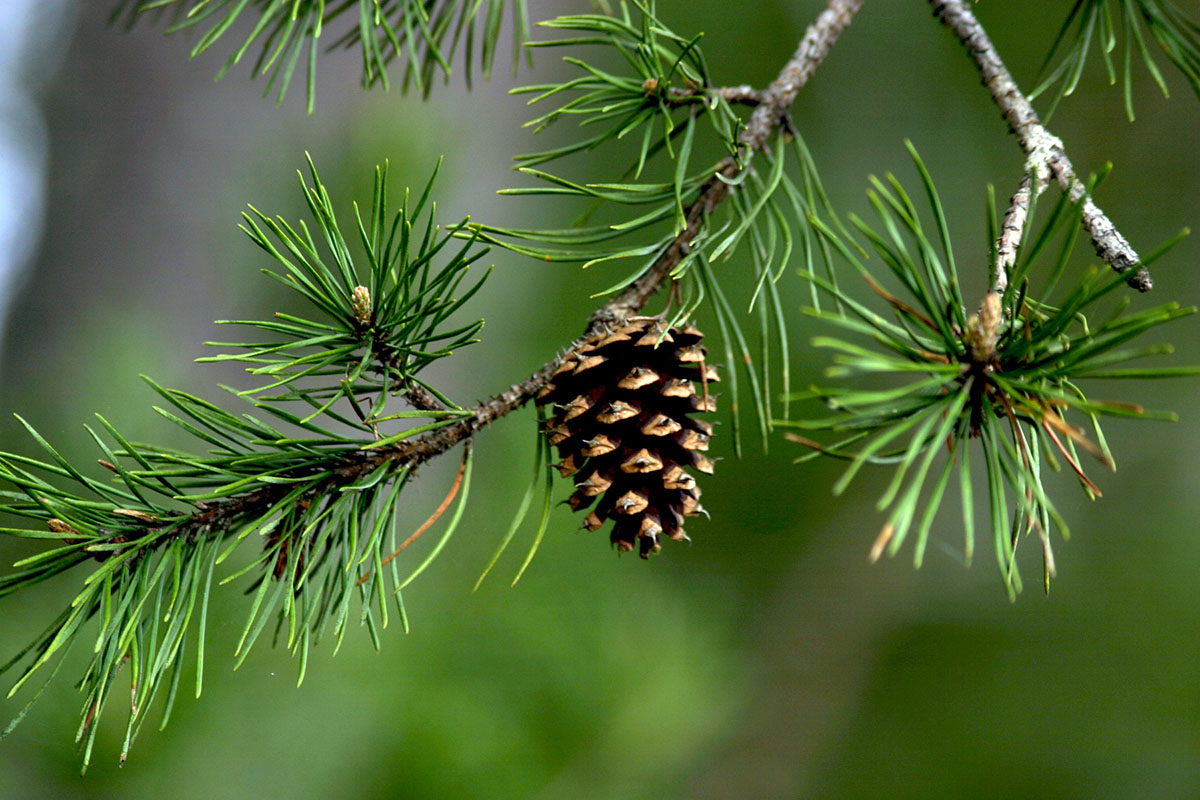
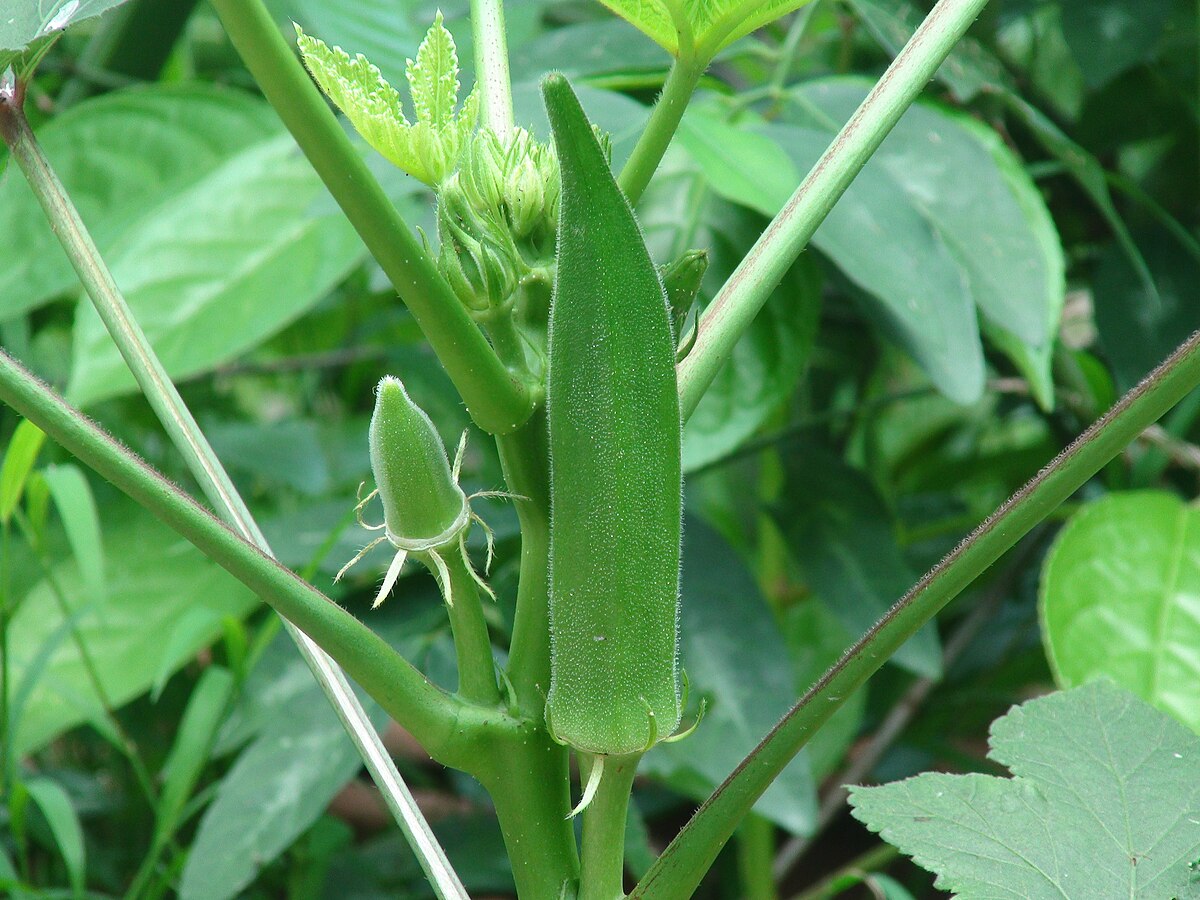
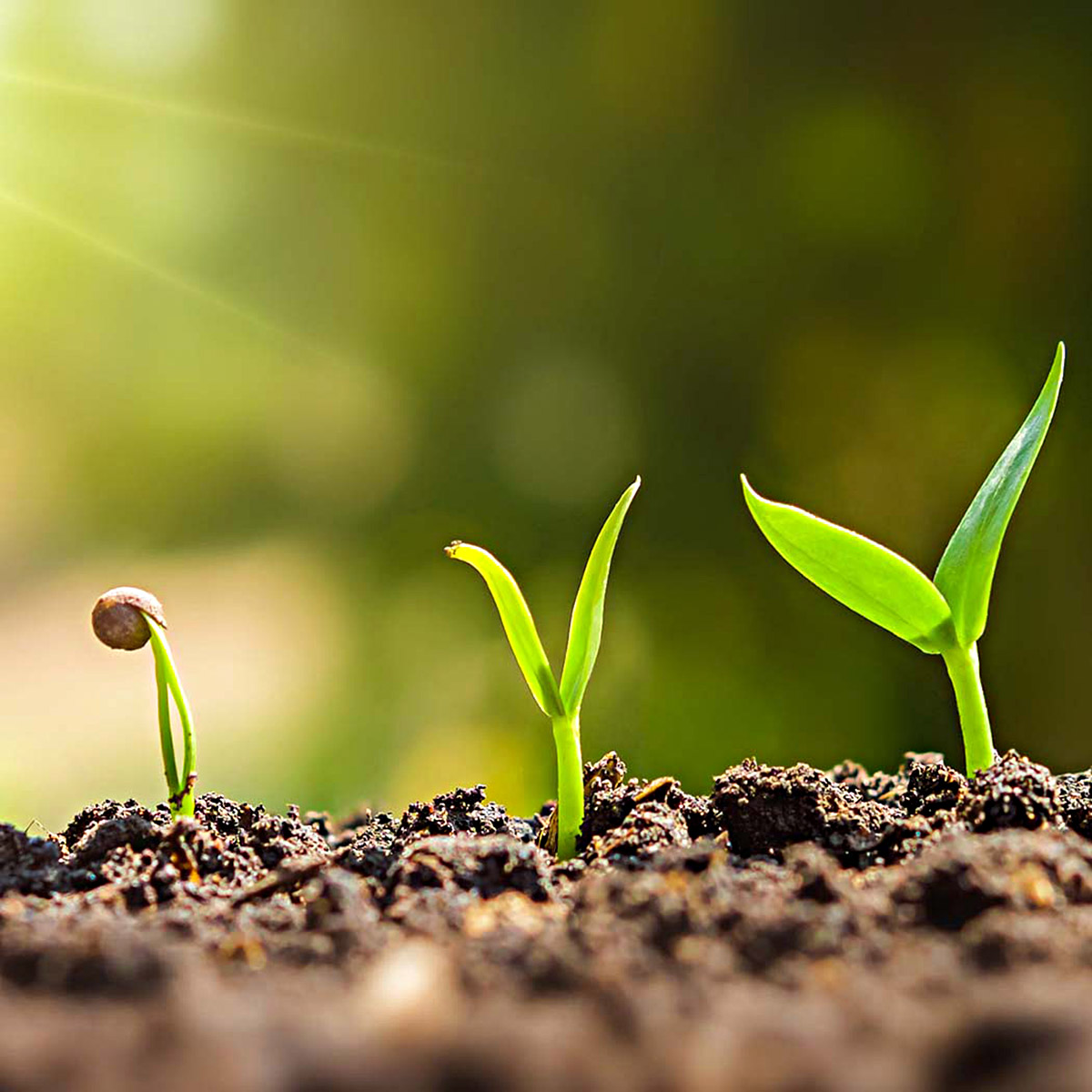
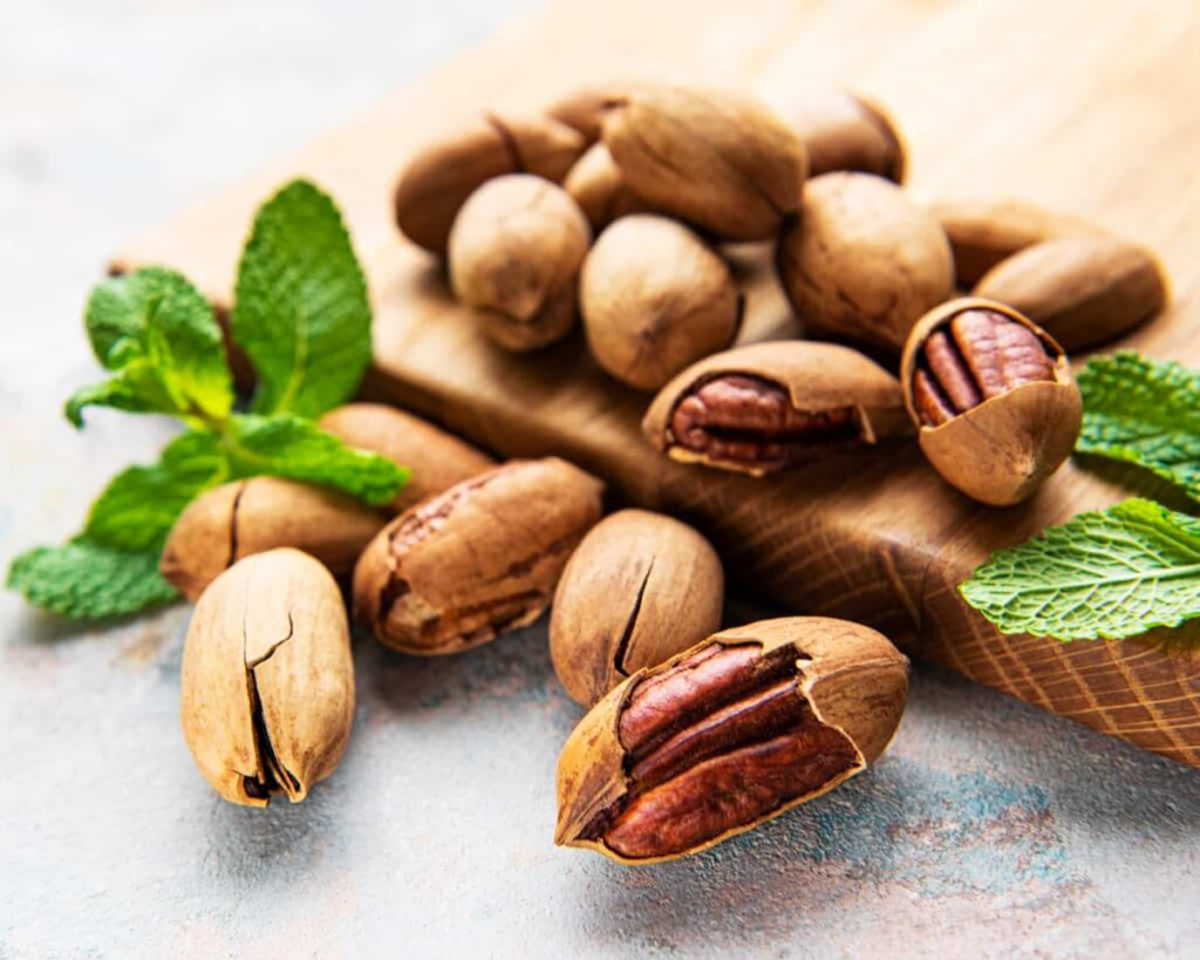
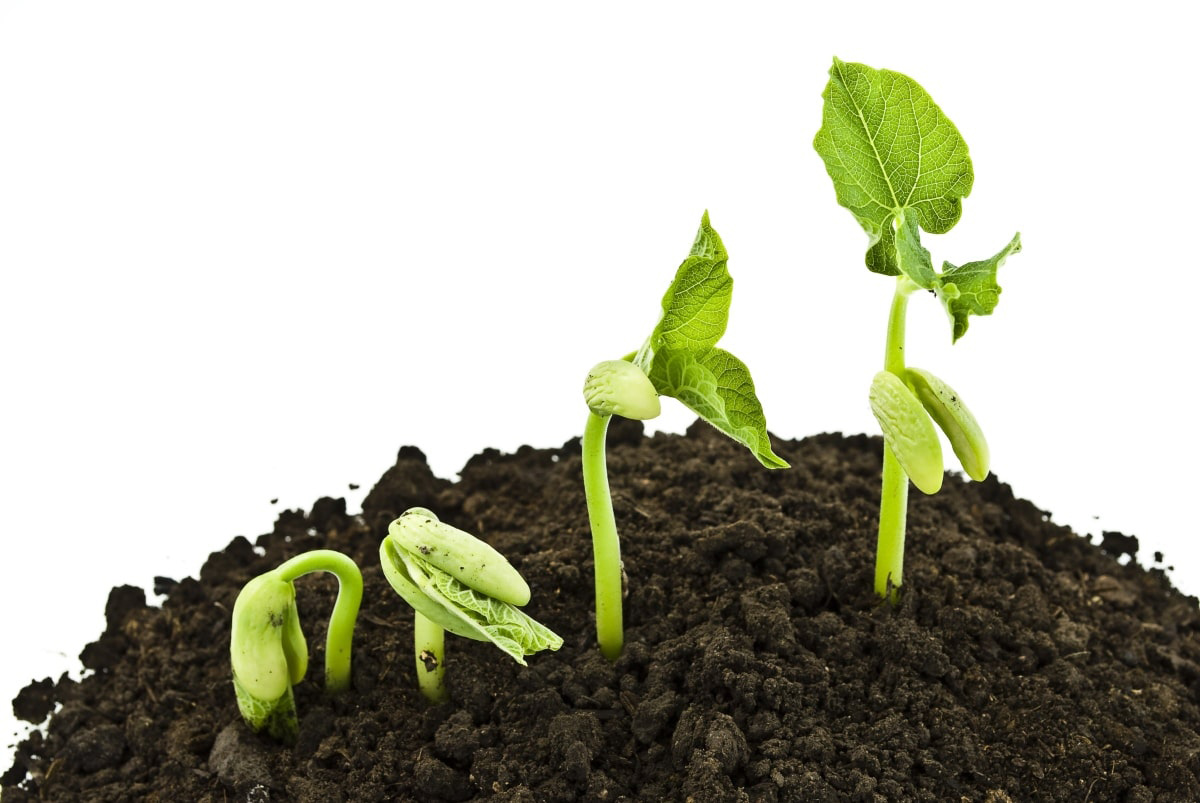
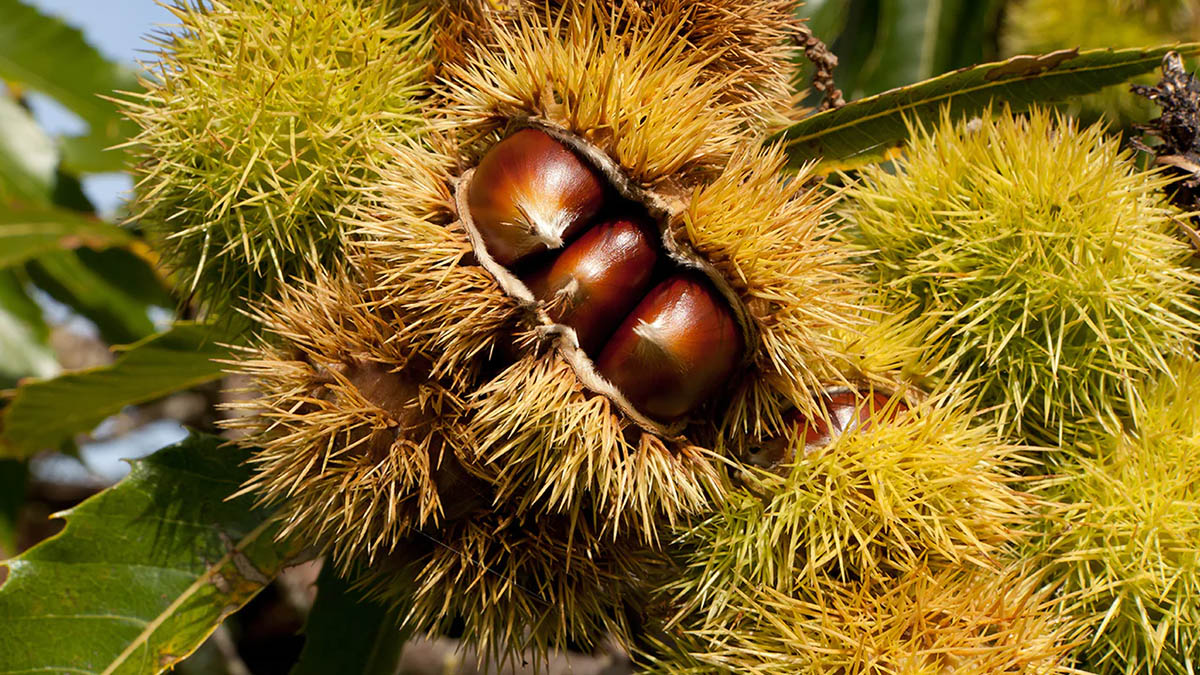
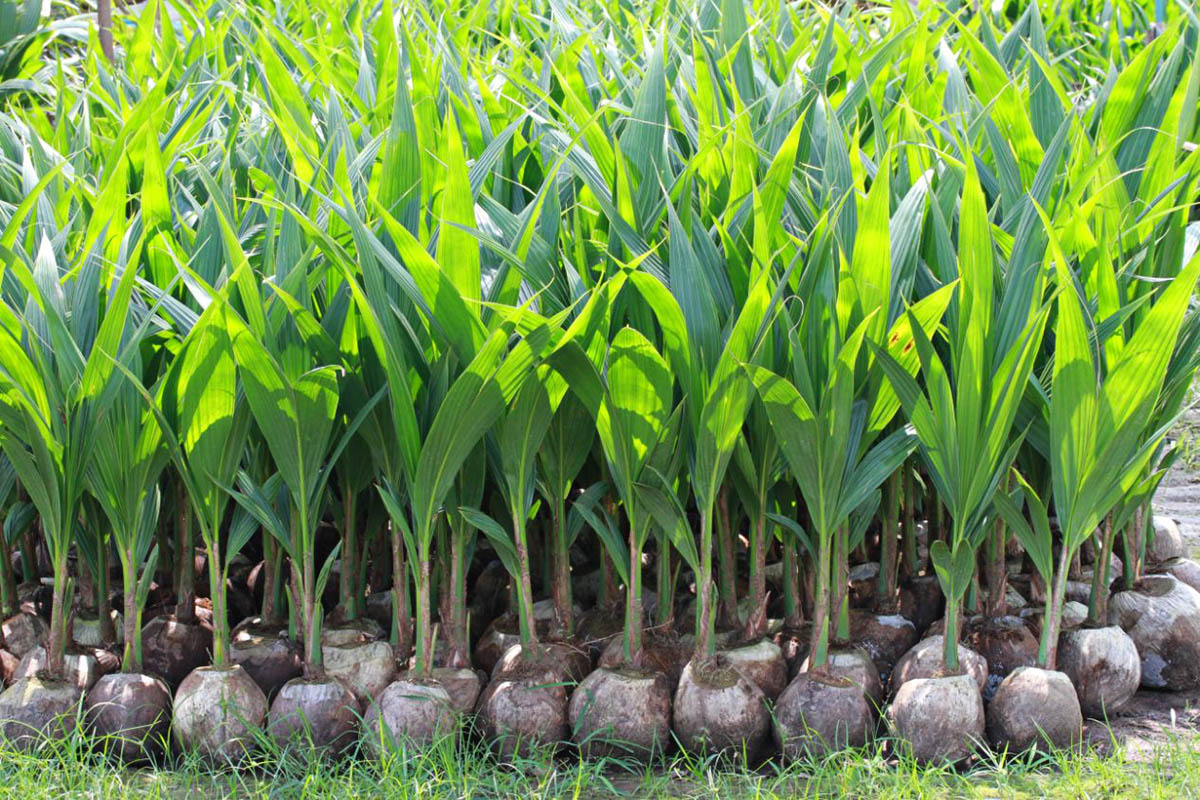

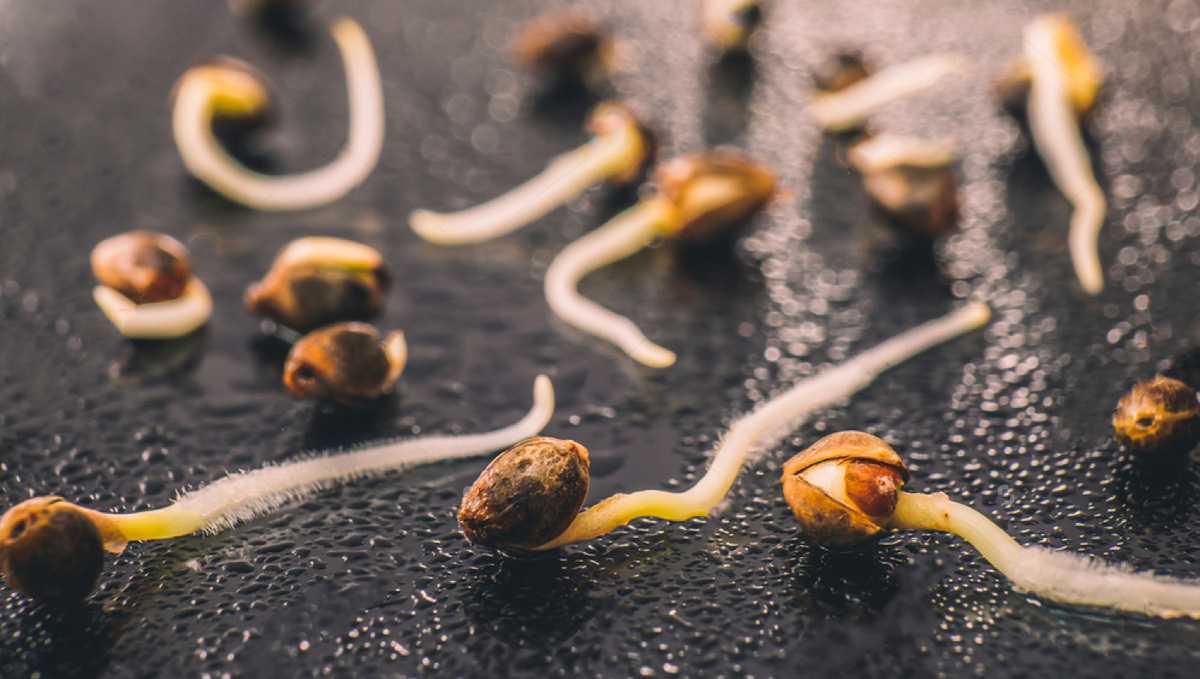

0 thoughts on “How To Germinate Sechium Edule”